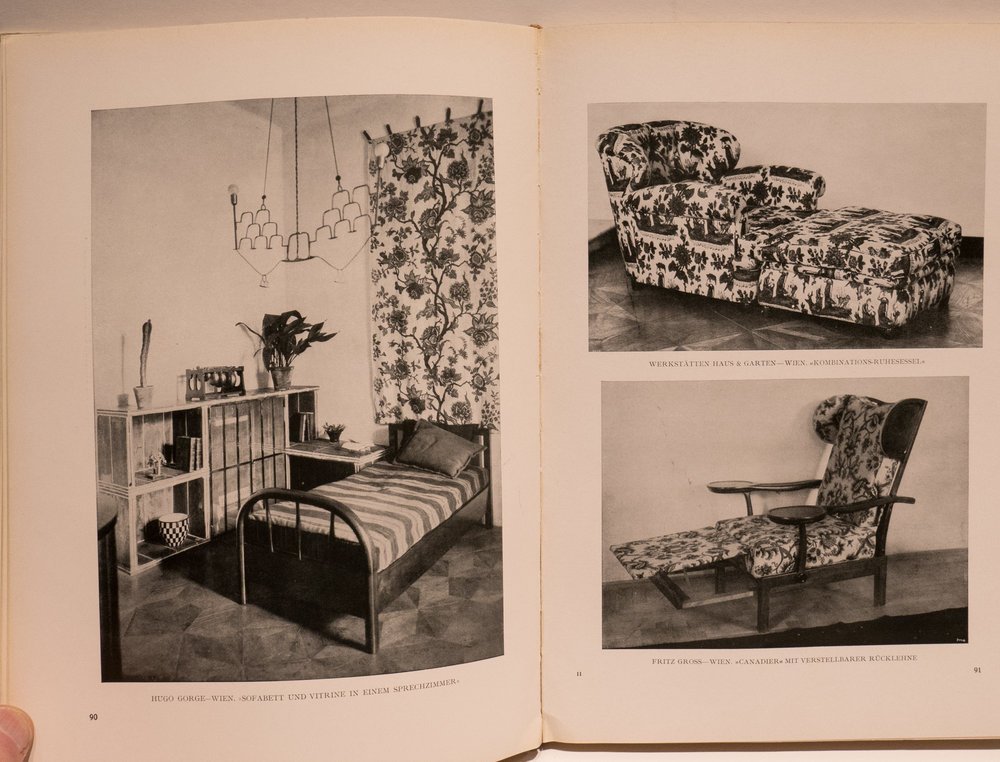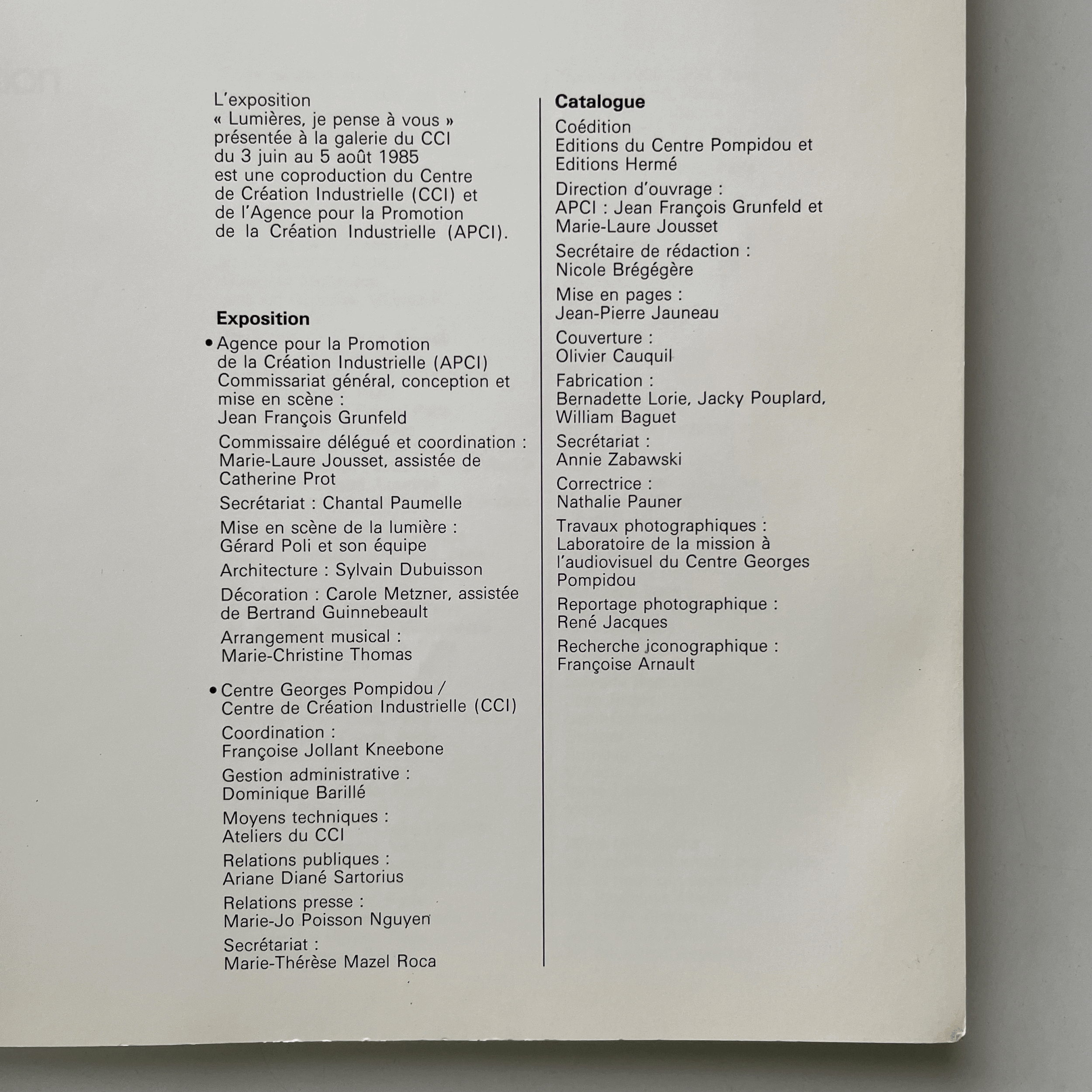 Image 1 of 9
Image 1 of 9

 Image 2 of 9
Image 2 of 9

 Image 3 of 9
Image 3 of 9

 Image 4 of 9
Image 4 of 9

 Image 5 of 9
Image 5 of 9

 Image 6 of 9
Image 6 of 9

 Image 7 of 9
Image 7 of 9

 Image 8 of 9
Image 8 of 9

 Image 9 of 9
Image 9 of 9










[1ST ED] Behind the Picture Window
First edition of Bernard Rudofsky’s idiosyncratic and iconoclastic discussion of modern living conditions in postwar America, published by Oxford University Press in 1955. 201 pages, 8vo, hardcover with pictorial dust jacket. Several black-and-white illustrations. Rudofsky (1905-1988), an Austrian/American architect, curator, critic, industrial designer, exhibition designer, fashion designer, and author is best-known for his controversial exhibitions and accompanying catalogs, including Are Clothes Modern? (MoMA, 1944), Architecture Without Architects (MoMA, 1964), and Now I Lay Me Down to Eat (Cooper-Hewitt, 1980). He is also famous for his mid-century Bernardo sandal designs, which are popular again today. Behind the Picture Window stands as an antidote to anodyne shelter magazine pronouncements and to many of the prescriptions of high modernism--especially as regards clutter. As he puts it, “A house which does not burst its bounds with overcrowding does not seem to hold the promise of a decent life.” Gentle bumping to extremities. Light bumping, chipping and creasing to dj. Overall, a very handsome and collectible copy of an important work of cultural criticism.
First edition of Bernard Rudofsky’s idiosyncratic and iconoclastic discussion of modern living conditions in postwar America, published by Oxford University Press in 1955. 201 pages, 8vo, hardcover with pictorial dust jacket. Several black-and-white illustrations. Rudofsky (1905-1988), an Austrian/American architect, curator, critic, industrial designer, exhibition designer, fashion designer, and author is best-known for his controversial exhibitions and accompanying catalogs, including Are Clothes Modern? (MoMA, 1944), Architecture Without Architects (MoMA, 1964), and Now I Lay Me Down to Eat (Cooper-Hewitt, 1980). He is also famous for his mid-century Bernardo sandal designs, which are popular again today. Behind the Picture Window stands as an antidote to anodyne shelter magazine pronouncements and to many of the prescriptions of high modernism--especially as regards clutter. As he puts it, “A house which does not burst its bounds with overcrowding does not seem to hold the promise of a decent life.” Gentle bumping to extremities. Light bumping, chipping and creasing to dj. Overall, a very handsome and collectible copy of an important work of cultural criticism.
First edition of Bernard Rudofsky’s idiosyncratic and iconoclastic discussion of modern living conditions in postwar America, published by Oxford University Press in 1955. 201 pages, 8vo, hardcover with pictorial dust jacket. Several black-and-white illustrations. Rudofsky (1905-1988), an Austrian/American architect, curator, critic, industrial designer, exhibition designer, fashion designer, and author is best-known for his controversial exhibitions and accompanying catalogs, including Are Clothes Modern? (MoMA, 1944), Architecture Without Architects (MoMA, 1964), and Now I Lay Me Down to Eat (Cooper-Hewitt, 1980). He is also famous for his mid-century Bernardo sandal designs, which are popular again today. Behind the Picture Window stands as an antidote to anodyne shelter magazine pronouncements and to many of the prescriptions of high modernism--especially as regards clutter. As he puts it, “A house which does not burst its bounds with overcrowding does not seem to hold the promise of a decent life.” Gentle bumping to extremities. Light bumping, chipping and creasing to dj. Overall, a very handsome and collectible copy of an important work of cultural criticism.

















